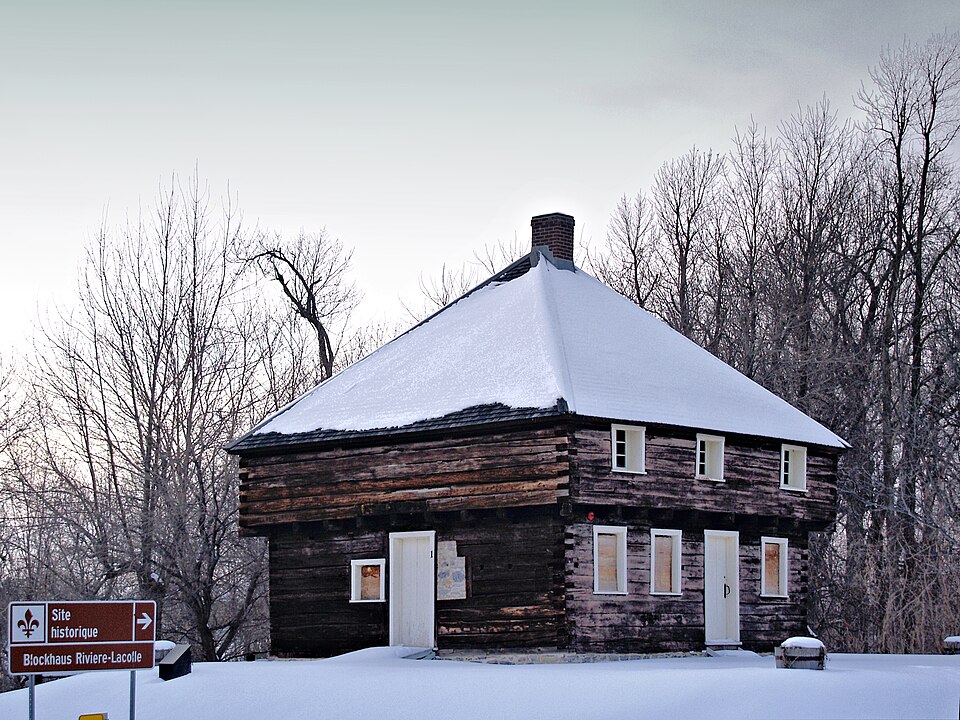The 1837 Rebellions and the Lacolle Migration to Northern New York
The 1837 Rebellions and the Lacolle Migration to Northern New York summary: An analysis of how political instability in Lower Canada, particularly near Lacolle, drove francophone and anglophone families to seek stability across the border in Northern New York.

The migration of families from Lower Canada (modern-day Quebec) to Northern New York State in the mid-19th century was not simply a search for fertile land or better economic opportunity, but was often a direct consequence of political instability and military conflict along the border. For families residing in regions adjacent to the international boundary, such as the area around Lacolle, the Patriotes Rebellion of 1837–1838 served as a major, and sometimes definitive, catalyst for permanent relocation to the United States.
The Volatile Border: Lacolle and the Richelieu Valley
The area surrounding Lacolle, Quebec, and the Richelieu River Valley has historically been a critical nexus of North American conflict, dating back to the French and Indian War and the War of 1812. The history of Lacolle is marked by its strategic importance as a military transit point, a detail confirmed by the battles fought near the Lacolle Mill in both the War of 1812 and, crucially, during the 1837–1838 Rebellion itself. This continuous history of military action meant that residents were perpetually vulnerable to border skirmishes, impressment, and economic disruption.
The historical record for Lacolle confirms a diverse settlement pattern by 1851, reporting a population of 3,483 persons, almost equally split between Anglophones (1,760) and Francophones (1,723), and a mixed religious base of Catholic and Protestant settlers. This mixed population was precisely the sort to be disproportionately affected by the political upheavals of the 1830s, as neighbors often found themselves on opposing sides of the reform movement.
The Rebellions of 1837–1838
The root cause of the Rebellions in Lower Canada was the profound tension between the British colonial government and the largely French-Canadian, reform-minded Parti Patriote, led by figures like Louis-Joseph Papineau. The Patriotes sought greater democratic control and an end to the dominance of the colonial elite. When their demands were rejected, the confrontation escalated into armed revolt.
The Richelieu Valley was a primary theatre of this conflict. Key battles took place in the vicinity, and the subsequent suppression of the rebellion by British forces was brutal, leading to:
- Direct Violence and Destruction: The presence of armed groups, both rebel and loyalist, led to skirmishes, the destruction of property (including homes and farms), and direct loss of life.
- Political Persecution: Following the suppression of the revolt, hundreds of Patriotes were arrested, jailed, or exiled. Anyone suspected of sympathizing with the cause faced official harassment or vigilante action.
- Economic Paralysis: The instability halted normal commerce and farming cycles, making it extremely difficult to maintain a livelihood.
Families near the border, regardless of their political allegiance, sought safety and stability. For many, the closest and safest sanctuary was a short distance across the border in the American states of New York and Vermont, away from the military occupation and political reprisals that followed the defeat of the Patriotes.
The Push Factor: Migration to Northern New York
It is highly probable that my family's move from Quebec to Northern New York State was a result of this period of upheaval. The specific impact of the rebellions near Lacolle acted as a severe "push factor" for both French-Canadian and English-speaking settlers.
Historical accounts of the Lacolle area highlight that migration to the United States was a consistent pattern, but that events like the 1837 Rebellions provided a sharp, immediate reason to cross the line. The movement was often a temporary measure for safety that turned into permanent resettlement as political and economic conditions failed to improve rapidly. Northern New York, particularly regions like Clinton and Franklin Counties, became a well-established destination for these refugees and economic migrants, creating strong, lasting cultural and genealogical ties between the two regions.
Sources & Attribution
- Canadian Encyclopedia. "Rebellions in Lower Canada (The Patriots' War)." Accessed October 2025.
- ManyRoads. "Lacolle, Quebec: A brief history." many-roads.com. (Excerpted data used for demographic and locational context).
Credits and Licensing
Compiled by Mark Rabideau, Opa & Professional Genealogist.
All materials licensed: CC BY-ND 4.0 by eirenicon llc.